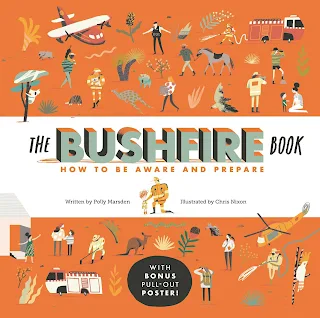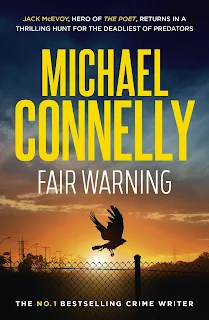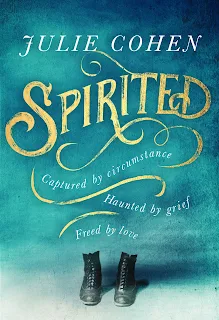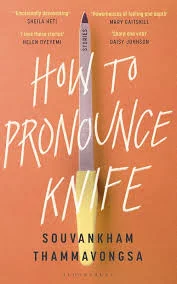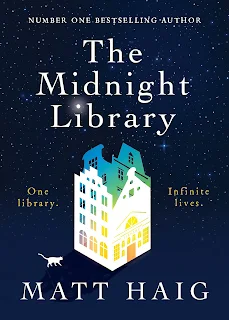Gretchen McCulloch is an internet linguist, how cool is that?
In Because Internet - Understanding the New Rules of Language, Gretchen McCulloch observes just how fast internet language has changed and how quickly it continues to move and evolve. Internet slang and jargon varies by generation, country, location, friend group and more and I honestly don't know how internet linguists can keep up.
In Because Internet - Understanding the New Rules of Language, Gretchen McCulloch observes just how fast internet language has changed and how quickly it continues to move and evolve. Internet slang and jargon varies by generation, country, location, friend group and more and I honestly don't know how internet linguists can keep up.
I enjoyed Gretchen's thoughts on new words from Chapter 8:
"Any one of us can coin a word or compose a sentence that has never been said before. And it now exists in the language as soon as we utter it. Whether it winks in and out for a single moment or whether it catches on and endures in the minds of people yet unborn."
In Because Internet, Gretchen casts a detailed linguistic eye over digital communications and interactions from the early beginnings of the internet in chat rooms like IRC and discussion boards, to the evolution of text messages, MMS, emojis, memes and GIFs.
I was surprised to find I didn't know the difference between emoticons and emojis (emoticons can be represented by the keys on your keyboard, and emojis are pictograms that could include images of flowers or a slice of cake). And while listening to the chapter on emoji and internet gestures, I realised I don't know what many of the hand gestures actually mean.
I chose to listen to the audiobook for this title and loved the chapter that discussed the use of repeating letters to add emphasis and I do this a lot! I can't seem to recall what this is called and can't flip back through the book to find it which is soooooooo annoying! (See what I did there?) For this and other reasons (the section on emoticons come to mind) I really think this would have been better read in print.
I was surprised to find I didn't know the difference between emoticons and emojis (emoticons can be represented by the keys on your keyboard, and emojis are pictograms that could include images of flowers or a slice of cake). And while listening to the chapter on emoji and internet gestures, I realised I don't know what many of the hand gestures actually mean.
I chose to listen to the audiobook for this title and loved the chapter that discussed the use of repeating letters to add emphasis and I do this a lot! I can't seem to recall what this is called and can't flip back through the book to find it which is soooooooo annoying! (See what I did there?) For this and other reasons (the section on emoticons come to mind) I really think this would have been better read in print.
I enjoyed the author's observation on changing language from Chapter 8:
"When you lay a book down and come back to it, you expect all its ink to stay where you left it. But the only languages that stay unchanging are the dead ones."
The best we can hope for is a bird's eye view and Gretchen McCulloch has certainly given me that.
Available from Booktopia



